Higher classification Lipoptena | Scientific name Lipoptena cervi Rank Species | |
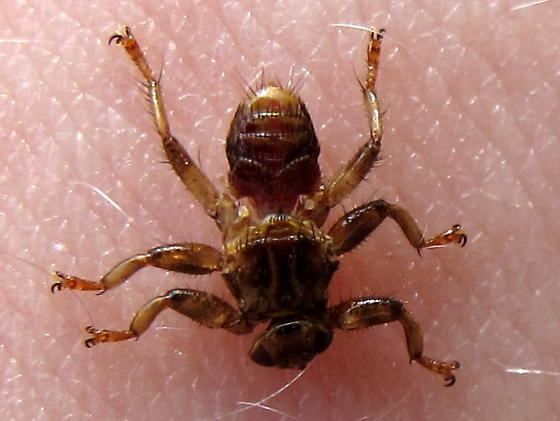 | ||
Similar Lipoptena, Hippoboscidae, Insect, Brachycera, fly | ||
Deer fly lipoptena cervi
Lipoptena cervi, the deer ked or deer fly, is a species of biting fly in the family of louse flies, Hippoboscidae. These flies are commonly encountered in temperate areas of Europe, Siberia and northern China. It has been introduced to North America. They are parasites of elk, deer and other bovine animals, burrowing through the fur and sucking the blood of the host animals. L. cervi is relatively small, adults usually being 5–7 millimetres (0.20–0.28 in) in length and are brownish in colour. Their body is flat and elastic, making their removal difficult. L. cervi is a poor flier and can only fly for short distances. Once the insect reaches its target, it sheds its wings and starts burrowing through the fur.
Contents
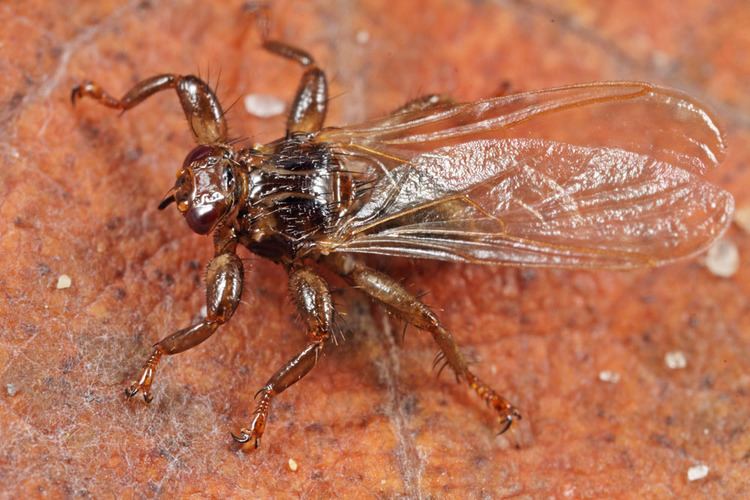
Bite
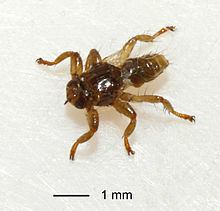
L. cervi are not only a nuisance, but also represent a newly discovered vector for Anaplasma phagocytophilum, a gram-negative, obligate intracellular bacterium that causes anaplasmosis, and also for Borrelia burgdorferi, the causative agent of Lyme disease. They will not reproduce on any other host than deer. They will however bite humans, and the bites are said to be painful and may cause an allergic skin reaction. Initially the bite may be barely noticeable and leaves little or no trace. Within 3 days, the site develops into a hard, reddened welt. The accompanying itch is intense and typically lasts 14 to 20 days. Occasionally, an itch papule may persist for a year. The main annoyance in humans is the inconvenience and unpleasantness of removing keds from hair and clothes.
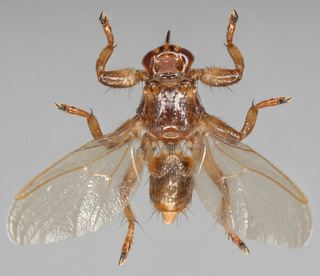
Horses have been attacked, with severe symptoms of colic as a result. Dogs that are bitten may develop a moderate to severe dermatitis. German researchers have found that L. cervi can carry and spread the Bartonella bacterium Bartonella schoenbuchensis in deer.
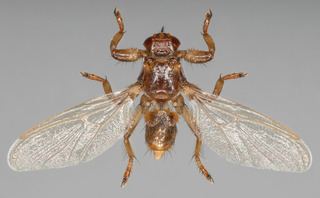
Remains of Lipoptena cervi have been found on Ötzi, the Stone Age mummy from the Schnalstal glacier in South Tyrol.
Life history
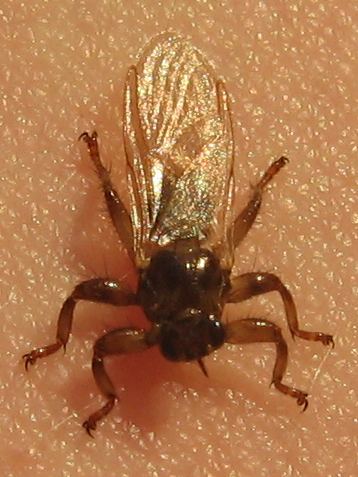
Both males and females of Lipoptena cervi consume blood from their hosts. Feeding lasts 15 to 25 minutes. The female produces one larva at a time and retains the developing larva in her body until it is ready to pupate. The larva feeds on the secretions of a "milk gland" in the uterus of its mother. The female will give birth to one fully mature white pre-pupa. She may produce larvae for as long as 10 months. A newborn pre-pupa will immediately darken, form the puparium and begin to pupate on the forest floor, or where the deer bedded. After pupation, the winged adult emerges from the puparium and flies in search of a host. Upon finding a host the adult fly wings breaks off and it is permanently associated with its host.
Distribution
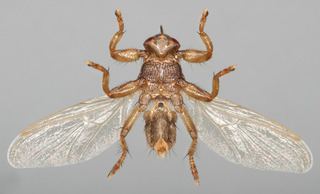
Most of Europe including Great Britain (but absent from Ireland), Algeria, Eastern Siberia and Northern China. Introduced and established in the Eastern United States (New Hampshire, Massachusetts, Pennsylvania, New York). It has also recently spread to Finland from Russia in the early 1960s where it primarily feeds on moose; though it is spreading to reindeer.
Hosts
This species' hosts include red deer, moose, roe deer, fallow deer, and Siberian musk deer. In the United States, its hosts have expanded to include elk, white-tailed deer, and reindeer. Additionally, there are isolated reports of it biting humans, dogs, and badgers, indicating that it sometimes selects inappropriate hosts.
